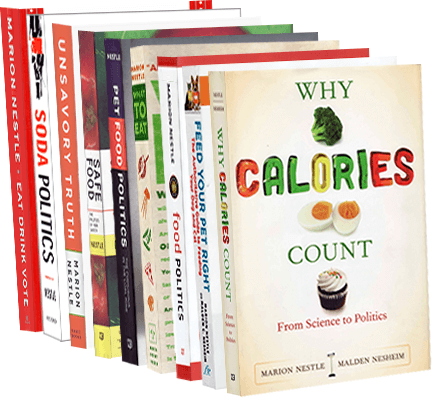UK health agency: limit red and processed meats to 3 ounces a day
The UK Department of Health issued a warning today to eat less red and processed meat.
- Red meat means beef, lamb and pork as well as minced meat and offal from these animals.
- Processed meat means ham, bacon, luncheon meat, corned beef, salami, pâté, sausages and burgers.
The warning is based on a new report from the independent Scientific Advisory Committee on Nutrition (SACN). Its report evaluated the effects of iron on health. Because red meat is a primary source of dietary iron, the committee looked at evidence on the links between red meat and processed meats and bowel cancer.
The report concludes that the link “probably” exists and that:
Adults with relatively high intakes of red and processed meat (around 90 g/day or more) should consider reducing their intakes. A reduction to the UK population average for adult consumers (70 g/day cooked weight) would have little impact on the proportion of the adult population with low iron intakes.
How much is 90 grams? It is only three ounces of cooked meat.
The UK Health Department advises:
- People who eat a lot of red or processed meat – around 90g or more of cooked weight per day – are at greater risk of getting bowel cancer;
- Cutting down to the UK average of 70g a day can help reduce the risk; and
- This can be achieved by eating smaller portions or by eating red and processed meat less often.
The Department points out that cooked meat weighs about 70% of its uncooked weight (it has less water). So 3 ounces of cooked meat is equivalent to about 4 ounces of uncooked meat.
Expect to hear lots of reactions like “red meat can still be enjoyed in moderation as part of a healthy balanced diet.”
And where are the US Dietary Guidelines on the subject of red and processed meats? Buried in euphemisms, alas:
- Choose lean meats
- Choose seafood instead of some meat
- Reduce calories from solid fats
No wonder Americans are confused about diet and health.



